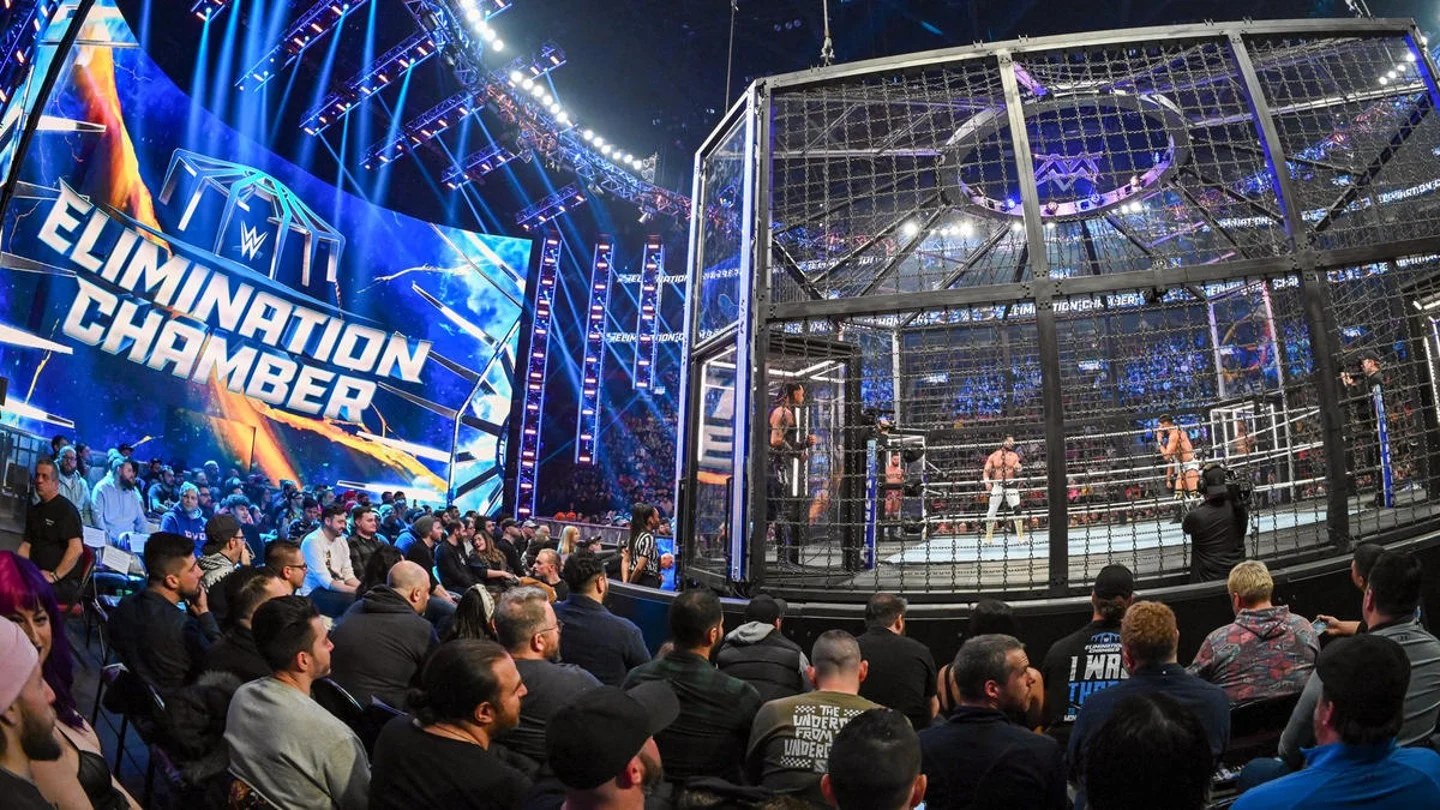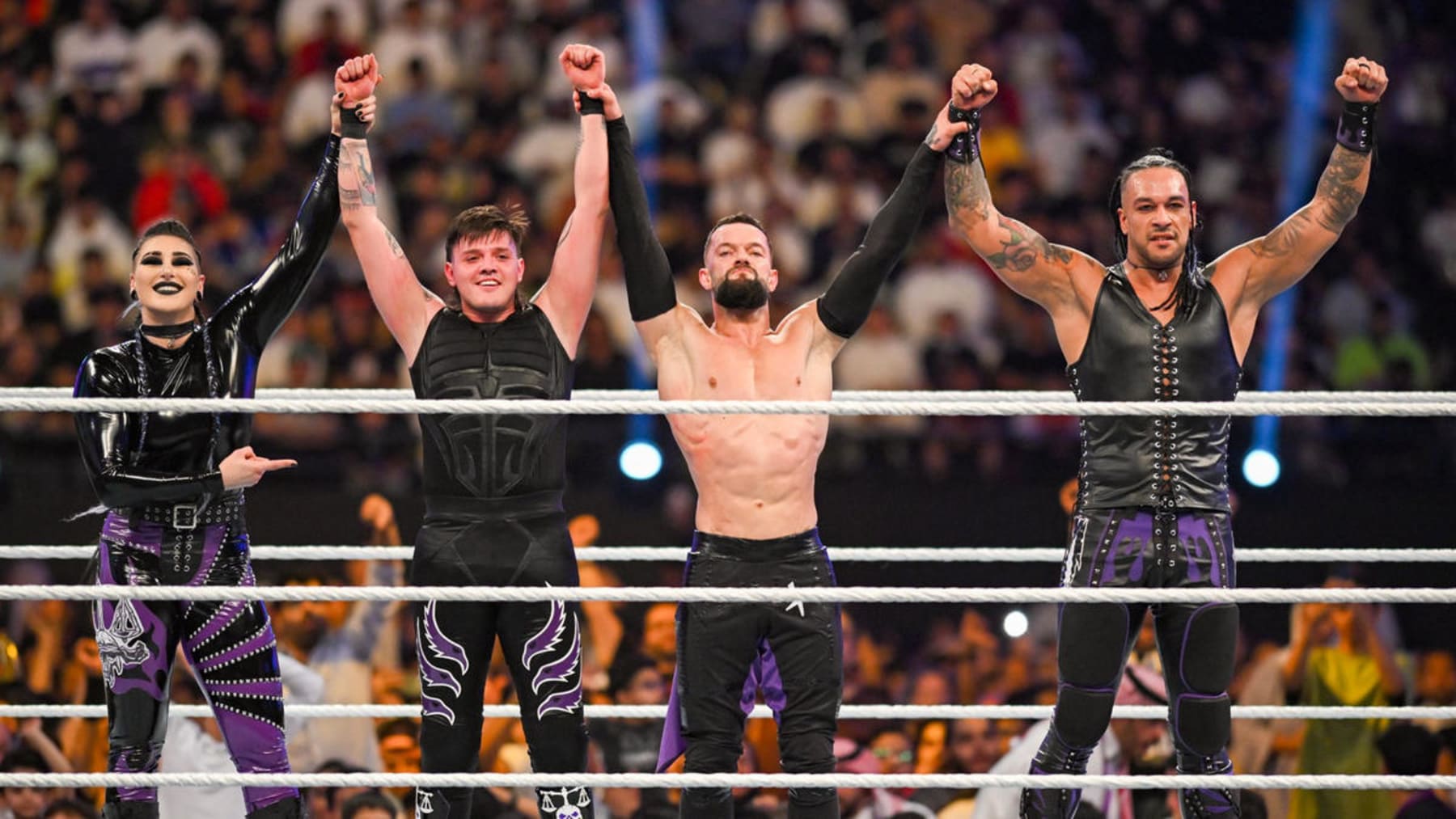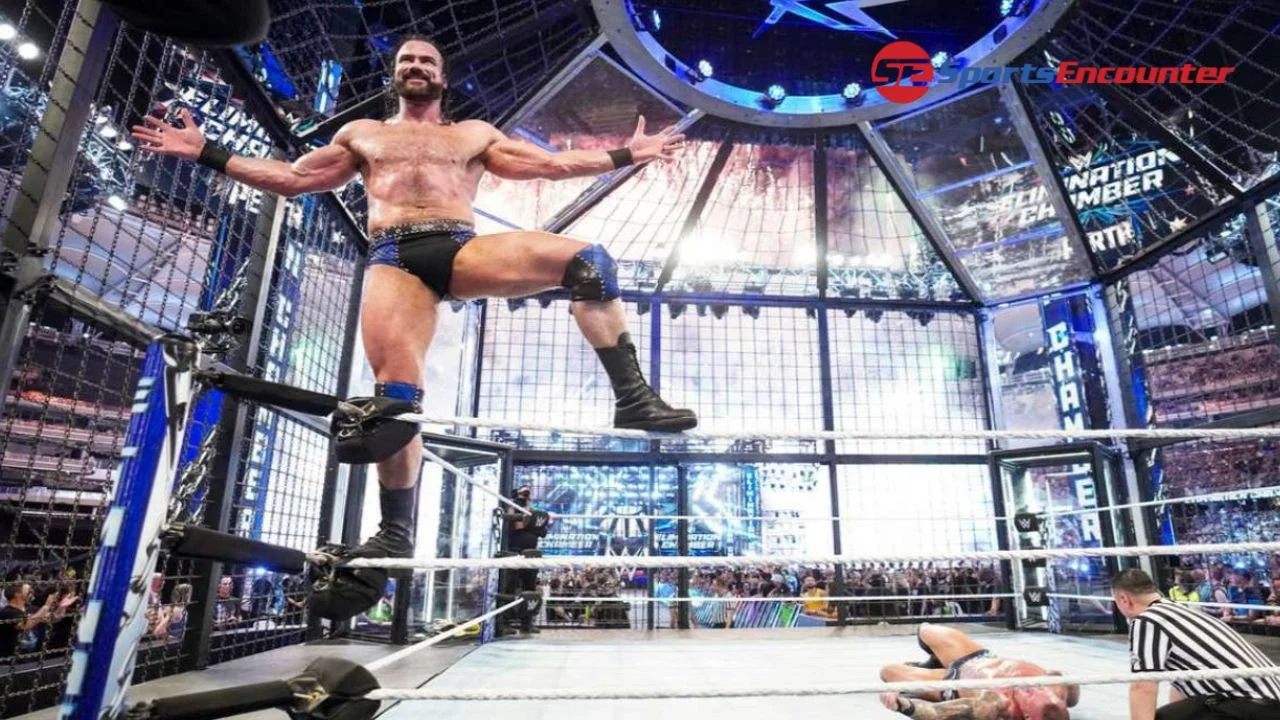In the high-octane world of professional wrestling, WWE’s recent Elimination Chamber event in Perth, Australia, has sparked considerable discussion, not just for its feats of athleticism and drama but for the conspicuous absence of one of its most compelling factions: The Bloodline. The event, which sold out Optus Stadium with a crowd of 52,000 enthusiastic fans, was missing the dynamic presence of this dominant group, leading to public criticism from none other than wrestling veteran Jim Cornette.

The Grayson Waller Effect: A Segment Falls Flat
Further criticism from Cornette was directed at the handling of The Grayson Waller Effect segment, featuring Cody Rhodes and Seth Rollins taking down Austin Theory. According to Cornette, the segment failed to deliver the expected excitement and spectacle, especially given the setting of a stadium filled with 50,000 fans. “Cody and Seth just beat up Theory and give him their moves. Waller stood back and let them do it. He shouldn’t have spoke up I guess. That was the end of it. In 20 fu*king minutes. I mean, I’ve seen people have conversations on airplanes that was more exciting,” Cornette expressed, criticizing the lack of intervention or support from Waller as Theory faced the wrath of Rhodes and Rollins.
New Experience! @TheJimCornette reviews WWE Elimination Chamber & last week's AEW Dynamite! Plus Jim talks about the Wrestling Observer awards, ratings, Smackdown & Collision thoughts, The Watcher & much more! https://t.co/wIaCVJODDc
— The Great Brian Last (@GreatBrianLast) March 1, 2024
WWE’s Booking Decisions Under Scrutiny
The decisions surrounding WWE’s booking at the Elimination Chamber event, particularly the exclusion of The Bloodline and the criticized execution of The Grayson Waller Effect, have sparked debates among fans and pundits alike. These choices have raised questions about the strategic direction of WWE’s storytelling and its impact on fan engagement and satisfaction.

As WWE continues to navigate the complex landscape of professional wrestling entertainment, the feedback from figures like Jim Cornette serves as a reminder of the importance of aligning booking decisions with fan expectations and the potential of every segment to contribute to the overarching narrative of WWE’s universe.
In Conclusion
WWE’s Elimination Chamber may have been a commercial success, but the event’s aftermath has highlighted the challenges of live entertainment and the delicate balance of character involvement. The absence of The Bloodline and the critiques of certain segments have provided WWE with valuable insights into the expectations of its audience and the ever-present need for compelling storytelling that engages and excites. As WWE moves forward, it will undoubtedly seek to refine its approach, ensuring that future events capitalize on the strengths of its roster and deliver the high-stakes drama that fans around the world have come to expect.

